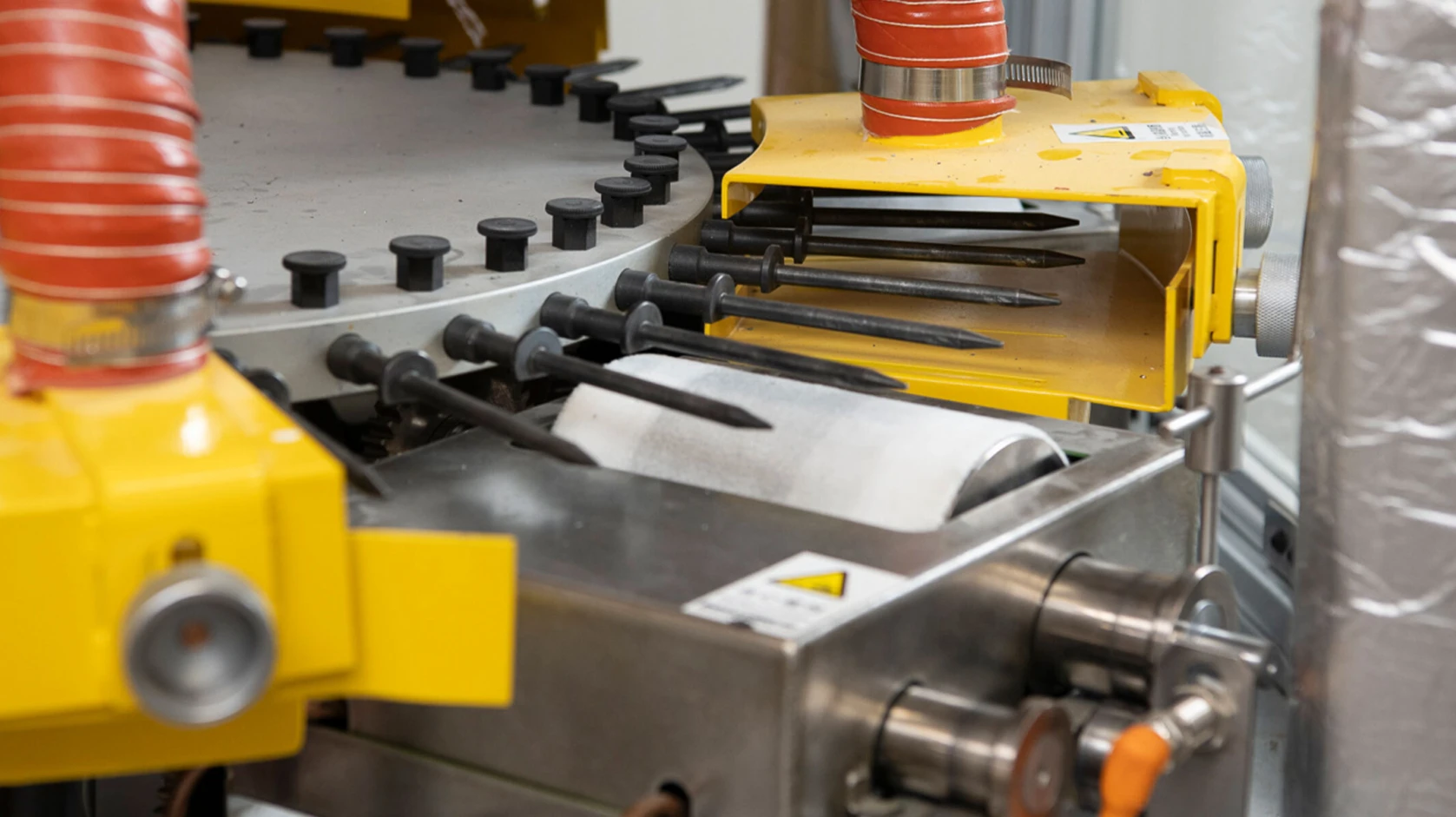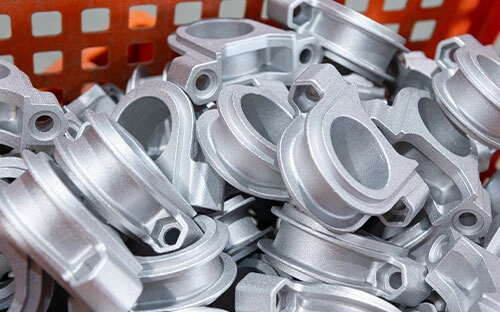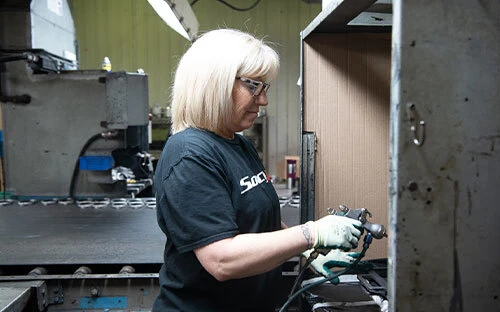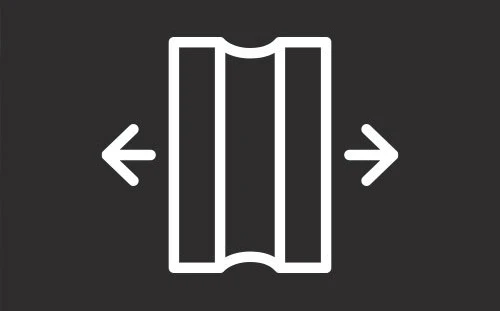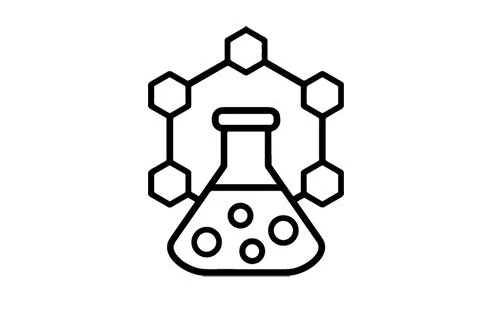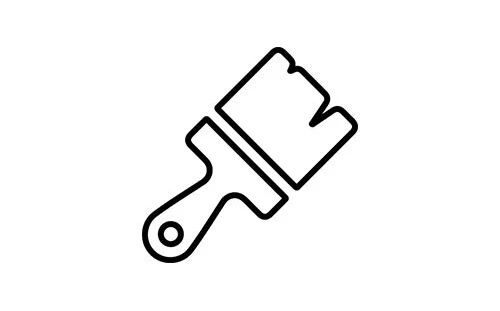While automation and technology are key for labor cost reduction, OEMs should also focus on another major area: bill of materials (BOM) costs. These represent over 50% of manufacturing costs and provide a significant opportunity for cost reduction.
A Manufacturing Business Technology article about reducing costs says, “Traditional cost-saving initiatives include improving labor productivity and sourcing product components where they were cheaper. The latter is important — it usually represents more than 50 percent of the cost structure of a manufacturing company.”
Reducing BOM costs involves more than just opting for cheaper parts. OEMs must source rubber components that balance cost, quality, and consistency, ensuring reliable supply chains and maintaining performance.
Achieving value engineering requires examining factors like cost and functionality, not just for finished products, but for every component, including rubber parts
As noted by Forbes, ‘Your supply partners are invaluable in finding more cost-efficient materials without sacrificing integrity.’ Manufacturers should leverage their expertise to optimize material choices for cost-saving opportunities.
By considering the total cost of ownership (TCO), manufacturers can see how components, especially rubber parts, impact both durability and maintenance needs. These rubber components not only reduce costs but also improve TCO, ultimately boosting profitability.
How can components be re-engineered to provide necessary functions at a lower cost and reduce the total cost of ownership? Read on to find out.
